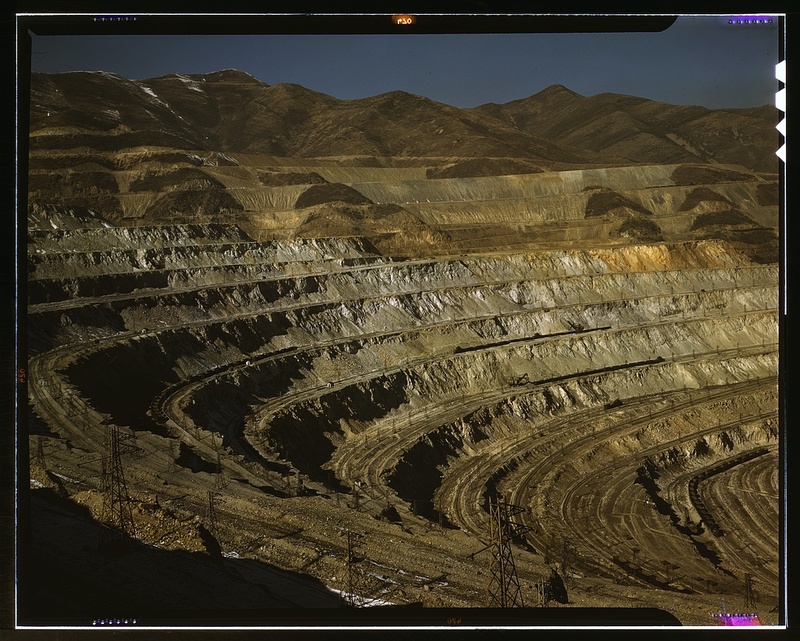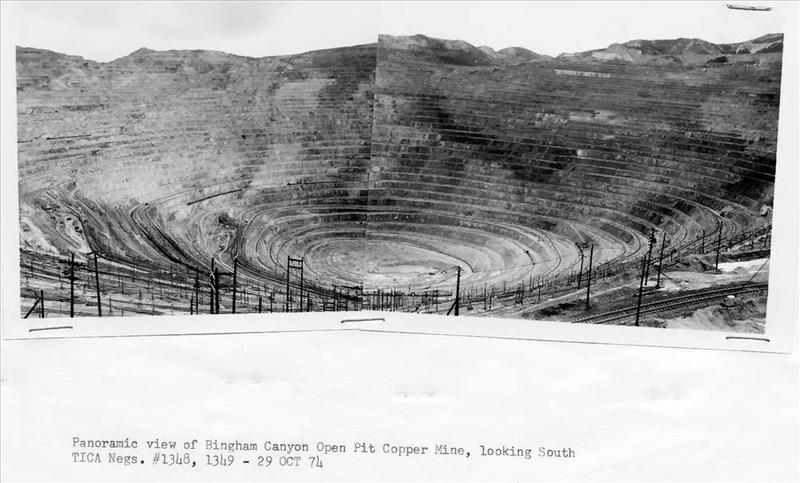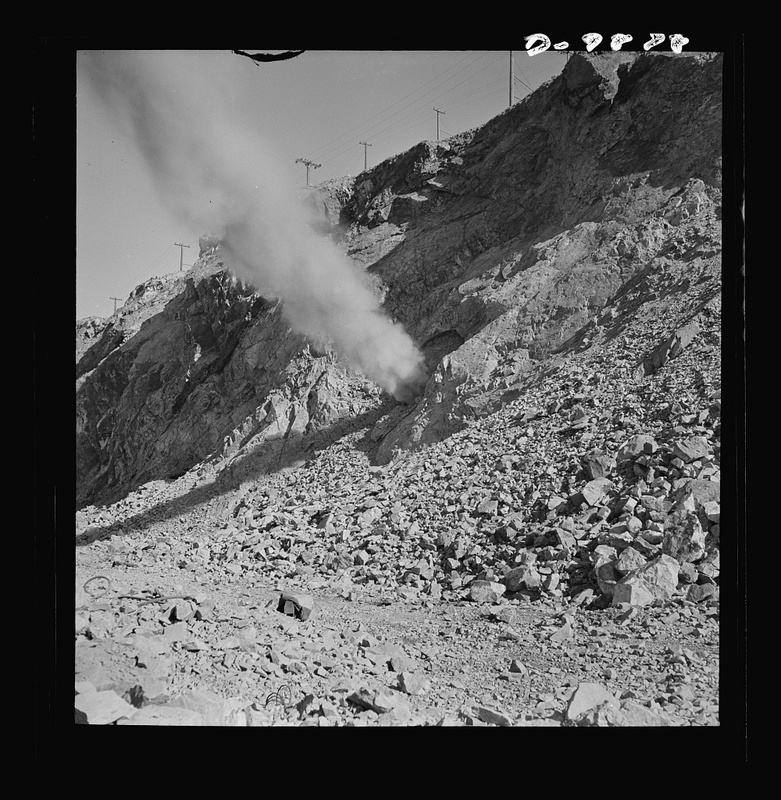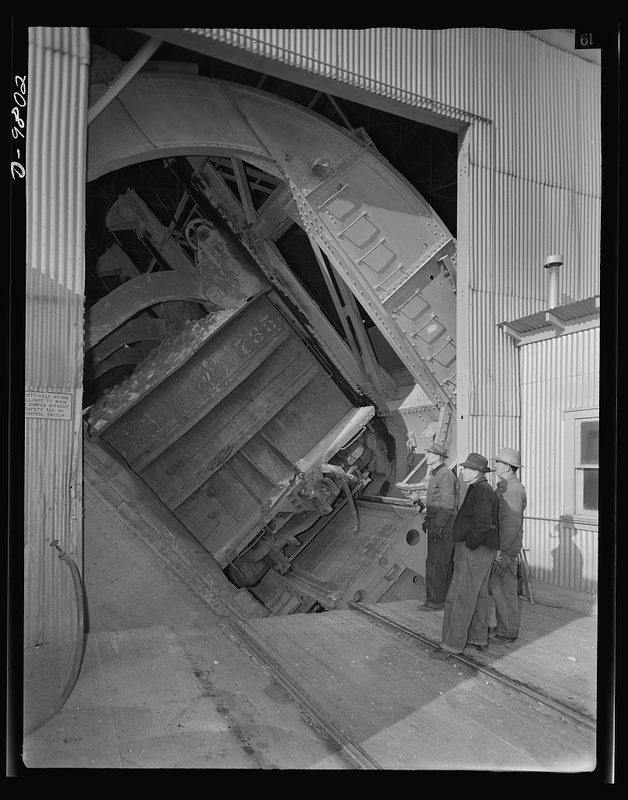Kennecott's Greek History

Located on the West Side of Utah’s Salt Lake Valley, Kennecott Copper Mine provided work (and conflict) for hundreds of Greek Immigrants during the twentieth century. The mine is now the largest open pit mine in the world, built at a cost.
By 1868, Utah’s copper industry had grown to such an extent that it attracted immigrant workers from all over Europe. After the Utah Copper Company began managing the Bingham Canyon Copper Mine in June of 1903, the Magna Mill and other smelters in Murray, Midvale, and Tooele were established to separate the copper from its ore. In Europe, Greece’s infrastructure was suffering and many families’ individual economies collapsed when the Greek currant crops failed in 1907. This pushed hundreds of Greeks to the United States in hopes of making a living for family left behind. Mining and smelting operations in Utah needed a larger labor force to excavate the mine in Bingham Canyon and to smelt. During this early period of Greek migration to Utah, many were coming from currant farming and sheep herding. Hundreds of Greek immigrants moved to Magna and areas surrounding Bingham Canyon’s smelters when offered jobs in the mining industry. In 1904 there were 2,000 names on the payroll at Bingham Canyon. By 1912, after a large influx of Greek migration to Utah, there were 3,239 laborers, and Greek-Americans made up 37.4 percent of the labor force among eleven different ethnicities, some of which included Serbian, Italian, and Russian.
Enclaves of Greek families formed in Magna, which was referred to as “Little Greece” due to its high population density of Greek immigrant families. Houses were “little tinder boxes, poorly built” and most houses were built below the top levels of the mine. As the Bingham Canyon Mine expanded, it required re-grading. Explosives were used to re-grade the mine and “every time they’d blast [the mine], boulders came rolling down the hill, several times right through [the houses].” Children and widows were found weeping in the debris. Conditions were dangerous.
Compounding the challenging circumstances of their living conditions, Greek immigrants found opposition from locals. The Ku Klux Klan’s branch in Salt Lake County was active around the mining towns that attracted Eastern European immigrants, and some Greek immigrants in Magna tell of the KKK’s white cross burning at the end of the street. Less than a month after the Utah Copper Company absorbed Bingham Canyon, newspapers reported race riots at the smelters where “[Greeks] force[d] opponents to run for their lives.” Serbians, Austrians, Italians, and Greeks were often found feuding and killings were not uncommon. In one instance, a conflict among Greeks and Italians became violent at the Bingham Canyon smelter and police were called to regulate it. Conflict toward immigrants became so heavy that in 1904, the “dastardly crime” of one Greek man prompted the mayor of Murray to propose a forced exodus of foreigners out of the mines and surrounding towns.
The conflict at Bingham Canyon fostered a strong Greek community. Few immigrants reached out across cultures due to the discrimination that existed and the structure of boarding houses at the mine. The mines did, however, provide hundreds of jobs for Greek immigrants looking for ways to economically strengthen their families.
Images



